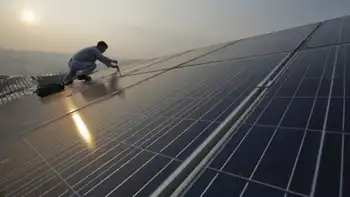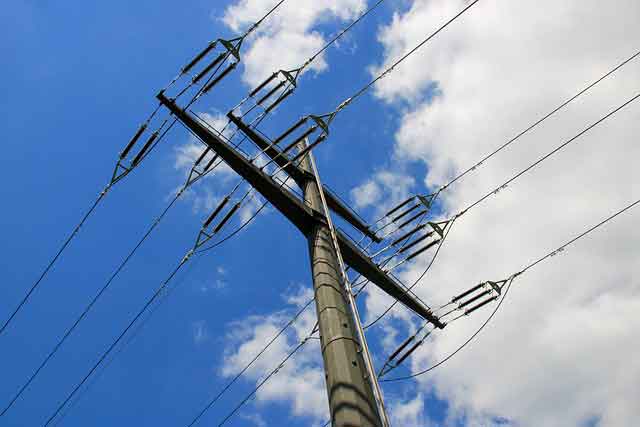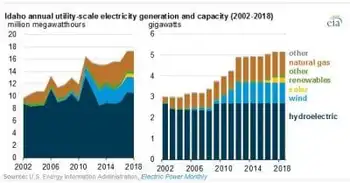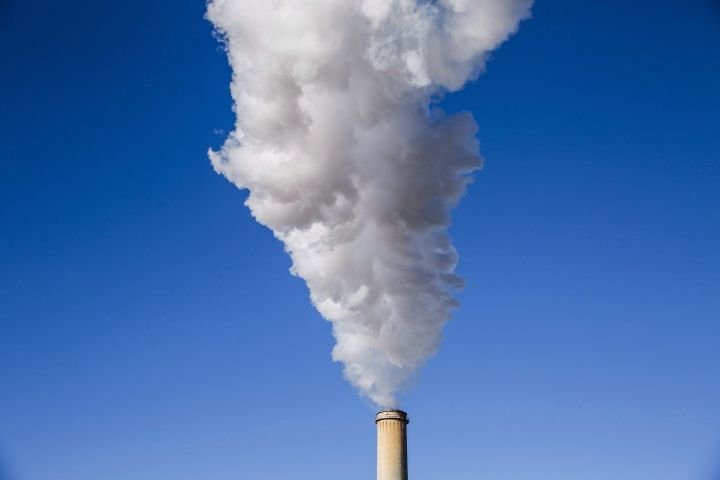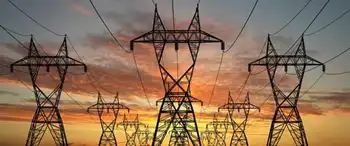Despite obstacles, optimism remains for “cow power”
By California Farm Bureau Federation
CSA Z463 Electrical Maintenance -
Our customized live online or in‑person group training can be delivered to your staff at your location.

- Live Online
- 6 hours Instructor-led
- Group Training Available
The idea itself was simple: Trap the gas from cow manure, thereby cutting greenhouse gas emissions, and turn it into usable energy. Over the years a number of dairies throughout the state have installed methane digesters, only to face a barrage of regulatory obstacles bringing their projects online and keeping them online.
Despite these headaches, dairy farmers have not given up on cow power, even as they struggle through one of their darkest economic periods in recent history.
David Albers, a third-generation dairy farmer and environmental attorney, still has his bets on biomethane. His 2,600-cow dairy in Fresno County is currently the first and only one in the state to deliver pipeline-quality, renewable natural gas to Pacific Gas & Electric Co.
The direct-pipeline approach is different from what most other dairies in the state have done with methane digesters, which is to produce electricity to run their individual operations.
Engines used to run generators that convert biogas to electricity often don't pass muster with air districts. By piping the gas directly to PG&E, Albers avoids this potential regulatory pitfall.
"With the air district, we're really the favorite approach because we are only reducing emissions," he said. "There are no negative by-products, no new emissions of any kind."
Until recent legislative changes, dairies had no way of selling any excess power they were producing back to the grid, as utilities were not required to pay for it. Without compensation and a marketing outlet, Albers said, digester projects tend to be economically infeasible because they are costly to build and often produce way more power than a dairy needs.
A new state law requiring utilities to buy 20 percent of their power from renewable sources by 2010 has helped to open some doors, he acknowledged.
"All of a sudden, PG&E was in the hunt for that renewable energy," he said. "Here's a great example of where government mandating something can really bring about positive change."
Albers is not alone in his optimism. At a recent National Biomethane Summit in Sacramento, the well-attended event may be an indication that there is still plenty of interest and movement in the biomethane arena.
Government mandates and other regulatory policies aimed at reducing greenhouse gas emissions have thrown a new spotlight on biomethane. Now with climate change legislation being proposed, there is also increased attention on how biomethane could be a part of the solution.
The conference highlighted the potential for widespread use of biomethane — to power cities as well as to fuel vehicles. In addition to dairy manure, organic waste from landfills, farms and food processing plants also can be used to generate gas.
To achieve economies of scale, Albers wants to link other neighboring dairies to his system and bring more gas together. His Bakersfield-based company, BioEnergy Solutions, would build the digesters, lay all the pipes and acquire the necessary permits. Participating dairies would receive a portion of the revenue from the sale of the gas, as well as additional income from the sale of emissions credits.
Albers signed a long-term contract with PG&E three years ago to supply natural gas for an undisclosed premium. His dairy has been piping gas to PG&E since last October — about 140,000 cubic feet per day, which is enough to power 1,200 homes.
His system has enough capacity to take on as many as 25 dairies, and so far a number of them in the Riverdale area have signed up to be a part of his biogas network. He also plans to build other, similar interconnecting systems throughout the San Joaquin Valley.
But the gloomy economy has made investors skittish, and financing has not come though to do the expansion.
"It's hard to get financing," said Allen Dusault, a program director of San Francisco-based Sustainable Conservation. "The banks are very reluctant to lend, and some of the other institutions have pulled back. It would be difficult in the best of times. It's even more difficult in not-so-good times."
Paul Rollin, who runs a 1,600-cow dairy about four miles from Albers, has been interested in methane digesters and electric generation for years, but the economics never worked out and he never pursued it.
When Albers approached him nearly two years ago about joining forces, Rollin agreed, although now he says, "I still have questions in my mind" about whether Albers could bring the project to fruition.
"We've been told that the funding is forthcoming and it will come to pass," said Rollin. "The real challenge is for him to be able to install the improvements and have it be economically viable."
From the PG&E standpoint, Albers' direct pipeline injection has a huge advantage over electrical generation because the utility can store natural gas, said Ken Brennan, a project manager for the power company. But he added that the utility is committed to acquiring all sources of renewable energy.
"We want it all if we can get it," he said.
Michael Marsh, chief executive officer of Western United Dairymen, said 97 percent of the dairies in the state today could employ methane digester technology on their farms if they have the financial incentives and the policy commitment.
And while mandates will certainly help to boost demand for more renewable energy, he said they are not necessarily the answer to getting more methane digesters online.
"The policies — from the regulators, from the legislators and the governor's office — have to jibe with the mandates so that they facilitate rather than provide impediment to the success of these projects," he said. "Once you get the impediments out of the way, the market should take off."





